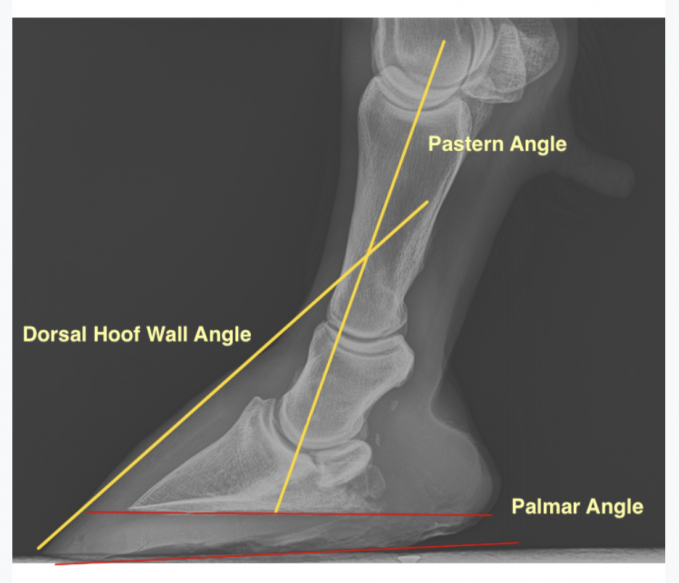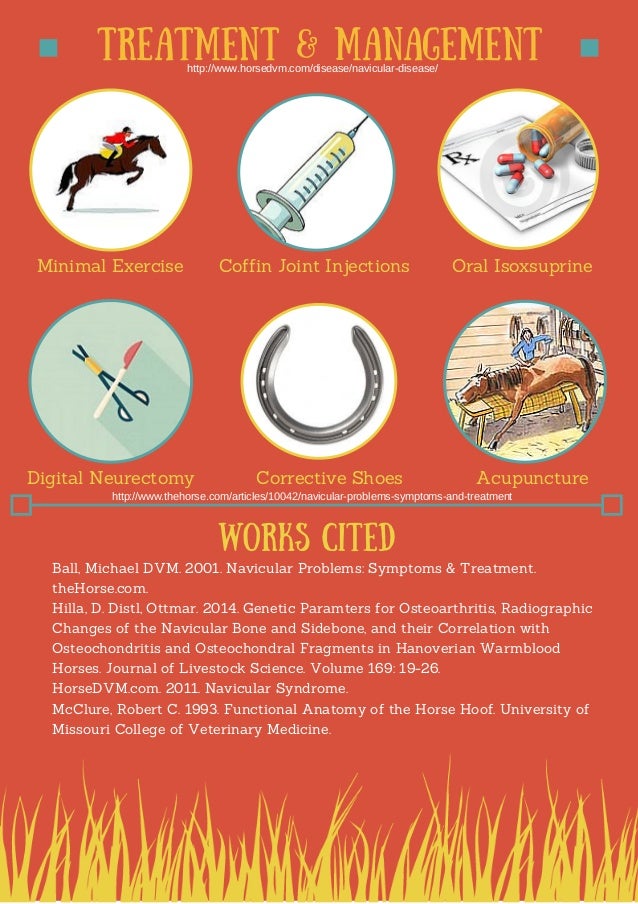

This movement is best compared with the way that a bodybuilder performs slow, controlled curls with a heavyweight, as opposed to other events that might require quick-twitch muscles or heavy aerobic activity. What does this mean? According to Pittman, this means that the horse used in Western pleasure demonstrates a specific type of movement.

The quality of the movement and the consistency of the gaits is a major consideration.” Ideally, he should have a balanced, flowing motion, while exhibiting correct gaits that are of proper cadence. He should cover a reasonable amount of ground with little effort. According to the Quarter Horse Association’s horse judging manual, “A good Western pleasure horse has a free-flowing stride of reasonable length in keeping with his confirmation. Western pleasure is one discipline that presents a unique challenge for both farriers and veterinarians and Pittman specializes in difficult cases with horses across the industry.įirst, it is important to understand what is being asked of horses during Western pleasure events and training. Owners take their horses to him after they’ve exhausted every option and still cannot find an answer to why their horse is lame. The owner of Innovative Equine Podiatry and Veterinary Services has also gained a reputation for fixing the unfixable and using his outside-of-the-box approach to benefit horses all over the country. In all cases, therapeutic farriery should be based on the horse’s individual case needs rather than on a standard formula.Sammy Pittman has found ways to help horses lengthen their careers and stay comfortable by honoring the natural biomechanics of the horse.
#Horses navicular plus#
Hooves must be able to expand when they make contact with the ground, plus roll forward efficiently (good “rollover” requires toes to be properly shortened and beveled). The feet must be carefully balanced, with all weight-bearing structures brought into play. A skilled farrier should first remedy any pre-existing problems, including underrun, contracted, or sheared heels mismatched hoof angles or a broken hoof/pastern axis. Shelley PaulsonĬorrect trimming/shoeing should be the basis of all heel-pain treatment, with any medicinal or surgical strategies considered adjuncts. Though navicular syndrome usually can’t be fully cured, proper management and treatment can reduce stress, inflammation, and pain in the affected areas, and some horses may even remain ridable.

The intermittent use of NSAIDs (such as bute) may also be a part of the plan. In addition, depending on the source of your horse’s pain, your vet may propose medical therapies applied systemically or injected into the coffin joint or navicular bursa to reduce inflammation or preserve bone (at right). If your horse does develop heel pain, your vet is likely to recommend therapeutic trimming and/or shoeing (see below). These include correct and regular hoof care, proper nutrition (that prevents obesity), regular exercise plus turnout, and decent footing. To lower the risk that your horse will ever develop navicular syndrome, provide all the horsekeeping standards that are basic to excellent care. MRI and other advanced imaging techniques may be needed the more precise the diagnosis of the cause, the more precise and effective the treatment. Your vet will determine whether your horse has navicular syndrome, then try to pinpoint which disease process is at work. Watch for these symptoms and consult with your veterinarian if any appear: increased stumbling a shortened, choppy stride standing with a front foot pointed front-end tenderness on hard ground or when moving in a circle. Horses with large, heavy bodies and small hooves are at even greater risk. Heel pain can occur to any horse, but the risk is higher for Quarter Horses, Thoroughbreds, and warmbloods, especially those over the age of 7. Palmar heel pain is an alternate term, referring to the site of the nerve block (at the back and bottom of the front feet) that resolves pain for all these conditions.

Navicular syndrome refers to a variety of conditions that create pain in and around the structures surrounding the navicular bone.


 0 kommentar(er)
0 kommentar(er)
